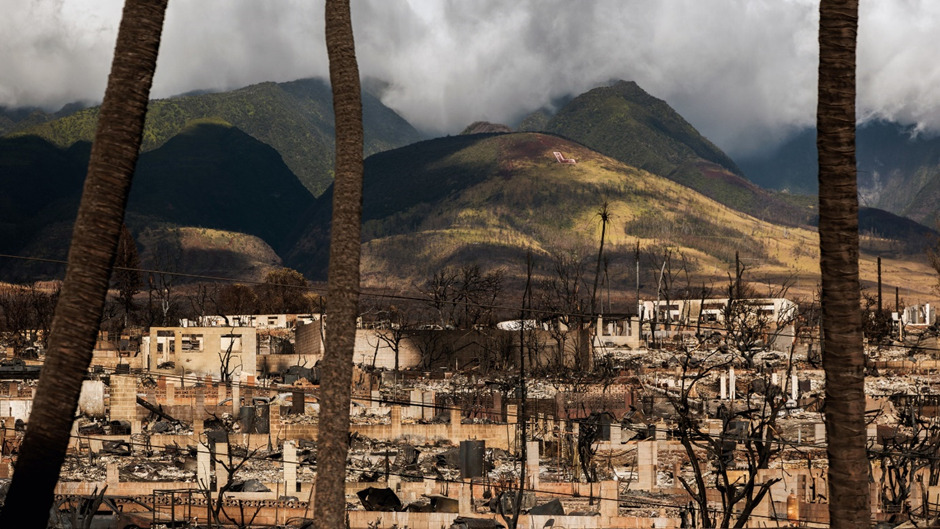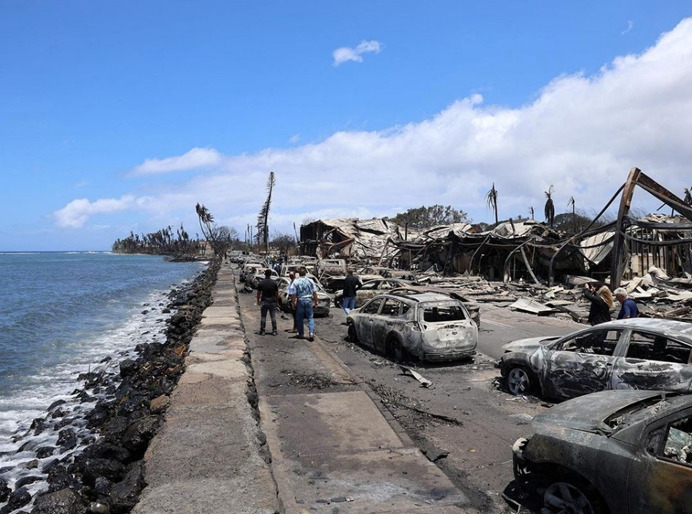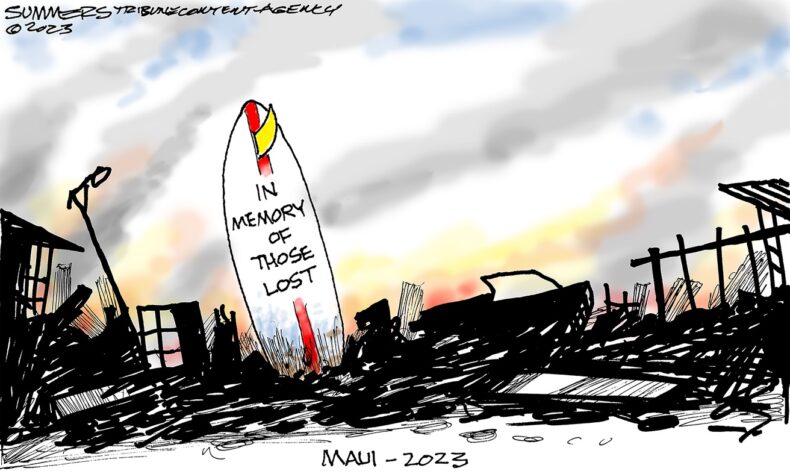Officials have released a list of 388 people missing in Maui. The Maui region in Hawaii was struck with wildfires on the 8th August, the deadliest wildfire in US since 1918. Officials have claimed that bodies have been charred to ashes which has made it difficult to collate data on missing people and provide a clearer picture of the human lives lost.

The Reasons Behind the Wildfire
While the exact cause of the wildfires has not been determined yet, the reasons currently provided are multifaceted.
The Maui region had entered its dry season and was warned by the National Weather Service. Hawaii itself was in the middle of its drought season and was facing dry winds from the north when Hurricane Dora struck the region. The island was found sandwiched between two pressure systems of high pressure in the North and low pressure in the other direction caused by hurricane Dora which intensified the trade winds passing through the island. The interaction of these trade winds with the dry surface of Maui is assumed to be the main cause for the fire.
Other factors which have played a role involve the growth of invasive species in the region such as the Guinea grass which can grow up to 15 cm each day and reach up to a height of 10 feet. The growth of these grasses creates a dry patch which complements the spreading fire. Moreover, climate change has caused dwindling of pressure systems which has increased the number of temperature anomalies and has resulted in the intensification of weather phenomenon such as hurricanes.
The electric company of the region is also being investigated as the electric grid and wiring in the region might have had a role to play in the intensification of the fire. Furthermore, a water dispute related judgement which had diverted water from Maui created scarcity of water in the region which made it difficult to deal with the fires sooner which then allowed it to spread further.
The Way Ahead
While the 2022 Emergency Management Plan made by the Hawaii State Department claimed that the region’s vulnerability to wildfires is low to medium, another report from the year 2021 claimed that the number of wildfires in the area has increased.

The residents of the area claim to be unprepared for such catastrophes, even though annually 0.5% of Hawaiian land burns due to wildfires and 75% reasons are anthropogenic, though none have been as deadly as the Maui wildfires.
The devastating incident at Maui is a warning call for addressal and reform of disaster management and mitigation planning by the state in coordination with agencies involved in understating the climatic and topographic changes in the region that are contributing to such disasters.
There is thus a constant need to study and keep track of environmental and atmospheric changes in the region for better and accurate predication of such disasters and prepare the communities and authorities settled in such areas to deal with them.













